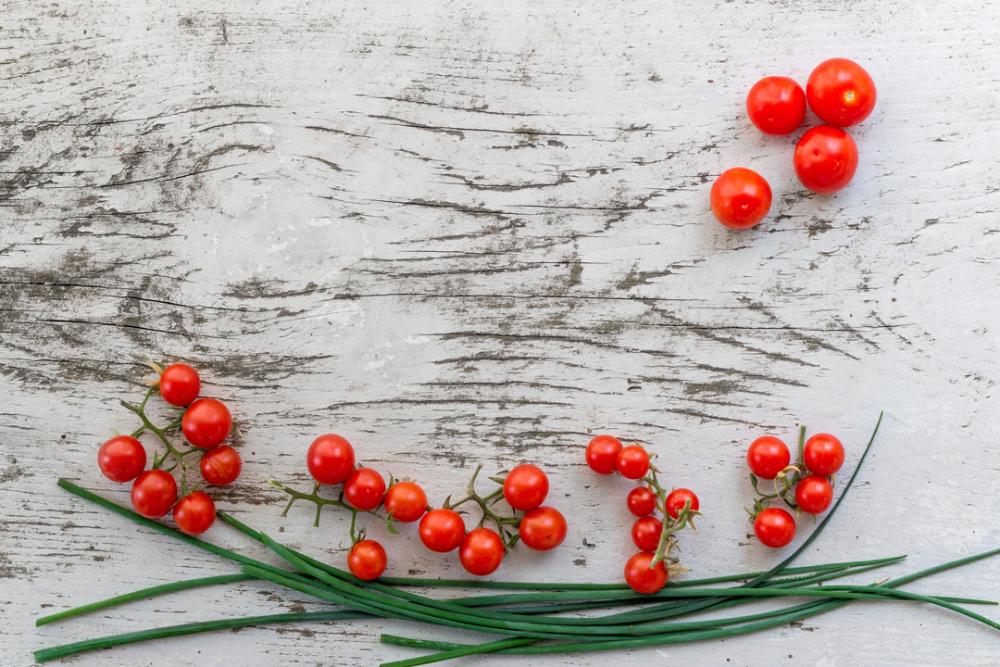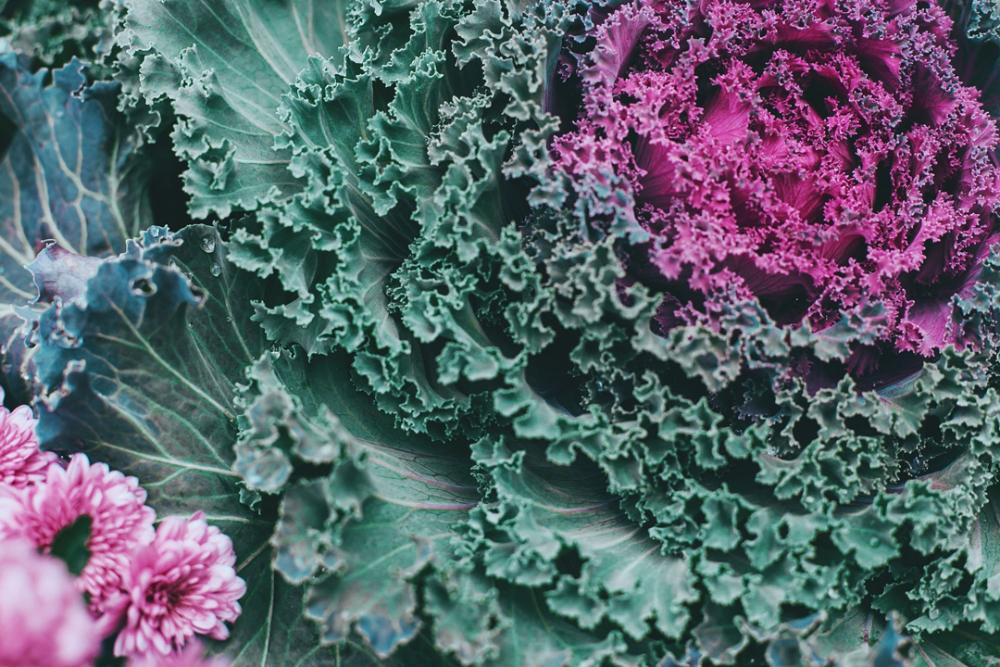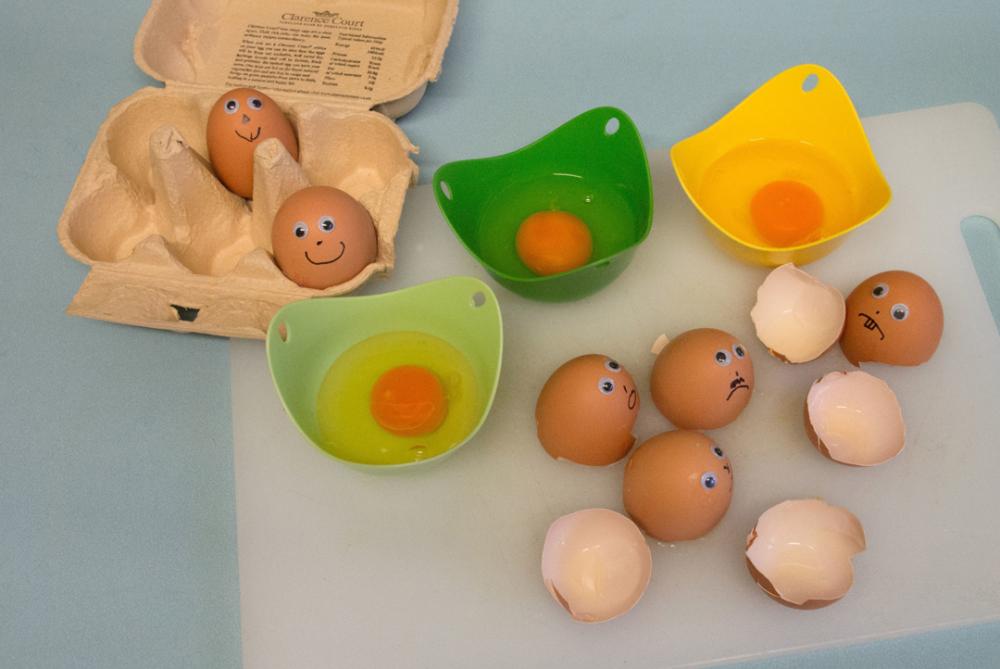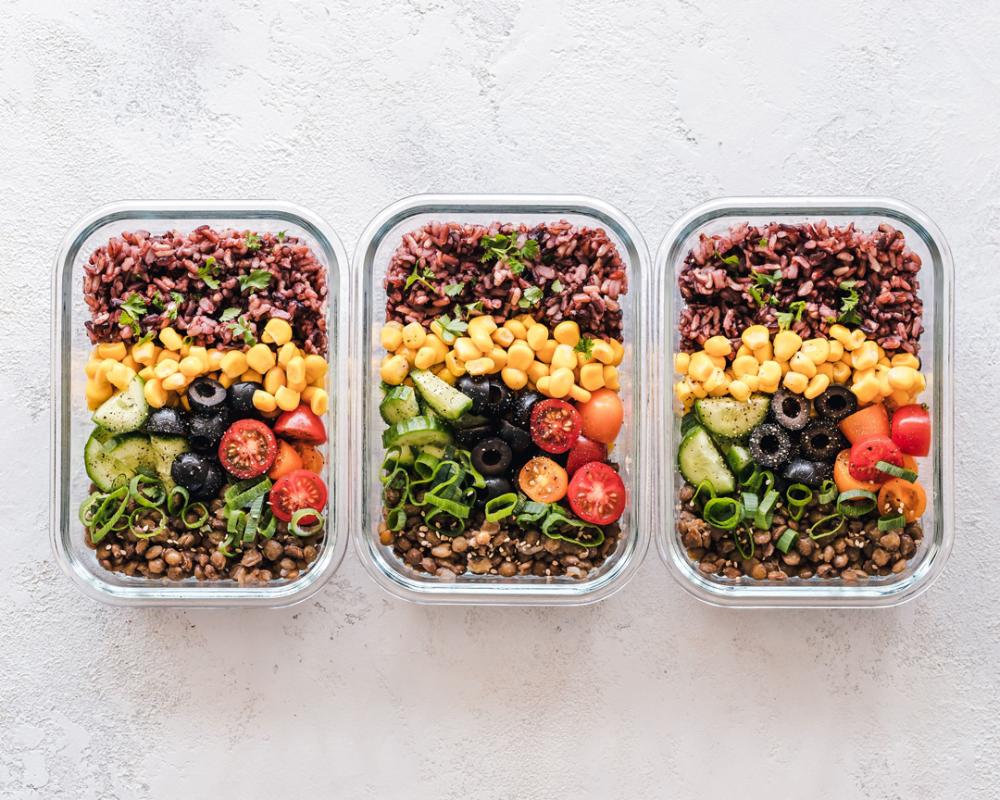Eating healthy sure seems like a good idea; until you realise a bag of organic peas will buy you six plates of chicken rice. It’s almost like there’s a global conspiracy to sell oily carbs. In defiance of all that, here’s how to eat healthy despite being on a tight budget:
Let’s start with the most painful and inconvenient truth: you’ll have to learn to cook.
Unless your budget is the sort that includes yacht repayments, you probably can’t afford to eat healthy and eat out all the time. $15 salads and $35-per-head meals at organic restaurants will definitely make one thing slim, and that’s your wallet.
If you’re serious about “eating clean”, you’re going to be eating almost all your meals – breakfast, lunch, and dinner – that way. And the only way to keep it affordable is to make most of those meals yourself.
For example: you can get a whole kilo of organic cherry tomatoes for about $16 ($3.20 for 200 grams), and a kilo of Naturel organic pasta for $4.95, at Sheng Siong. This is enough to make the base for your organic pasta salads, that can stretch up to three weeks.

But you know what $21 will get you if you eat out? Maybe one meal at a healthy restaurant.
That doesn’t mean you need to be the next Gordon Ramsay
You just need some basic skills, like knowing how to use a pan, cut vegetables, etc. Honestly, it’s nothing you can’t pick up from a weekend with your parents or grandparents at the stove (assuming they cook).
That being said, here are the other key things to do:
- Get the basic pantry stocks
- Don’t buy pre-cut or shrink-wrapped
- Get protein from non-meat items
- Cook enough for tomorrow too
1. Get the basic pantry stocks
Load your pantry with some basic oils and seasonings, and buy these in bulk. This will be cheaper than buying in small quantities, as and when you need them.
More importantly, having basic oils and seasoning mitigates the need for expensive, pre-packaged sauces and gravies (which also tend to be loaded with sodium and unhealthy additives).
This is a high initial cost, which may set you back about $120 to $150. However, it’s often enough to last you a whole year. Some things to get include:
- Sesame oil
- Vinegar (especially balsamic vinegar to dress vegetables)
- Corn starch (used as a thickener, so you don’t need to buy packaged sauces and can make your own)
- Peppers and chilli powders (Save on that instant-curry, which is probably also less healthy)
- Dried herbs, mainly bay leaves, coriander, oregano, rosemary, thyme, and cinnamon (buy the big bottles, it’s not cost effective to buy the tiny amounts)
- The usual salt, pepper, sugar, etc.

2. Don’t buy pre-cut or shrink-wrapped
When buying meats, get it as fresh cuts if possible; this is cheapest at traditional wet markets (although some supermarkets have butchers too). When buying fruits and vegetables, buy them whole, not the pre-cut or shrink-wrapped ones.
There are two reasons for this:
First, the ones that you buy whole tend to be fresher. Fruit just degrades faster, for instance, when you remove the skin; it doesn’t matter how much plastic wrap they used after.

Second, it’s often cheaper to buy whole. Think about it: someone has to be paid to pre-cut and shrink-wrap those fruits and vegetables. This adds to the cost; in some supermarkets, you can be paying 30 to 50 cents more. That adds up over time.
3. Get protein from non-meat items
The point of eating clean may be to have a six pack, and muscles that will rip your t-shirt when you flex (or maybe just to, you know, not have a heart attack and live longer).
Regardless, both purposes require a healthy source of protein – and you should consider non-meat sources. Typical examples are milk, soy, and egg.
(Cheese, and grains like quinoa, are also rich in protein; but they tend to be just as expensive as a chicken breast in Singapore).
Dasoon Premium Eggs are just $2.95 for 15 eggs; that can last you over a week. A chicken breast costs about $3.25 a pop; and according to the US Department of Agriculture (USDA), an egg has about 13 grams of protein, whereas a chicken breast has about 27.
Two eggs can replace one chicken (in your meal; we’re not experts on barter trade).

If you’re a meat-eater, you should include some meats from time to time for variety. But you can save more, and be healthy, by using more dairy and soy than meat.
4. Cook for tomorrow too
To maximise your dollar, try cooking enough for today and tomorrow. You’ll find that you tend to use fewer ingredients, as you don’t need to prep each meal separately.

But don’t cook more than you need for two days in a row. Because it’s boring - no one eats the same salad six days in a row for lunch and feels happy, okay? Also, people who cook for the entire week tend not to stick to plan; they often ditch and waste the stored food in the middle of the week.
Besides, long storage times impact the quality of your meal. No matter how good your fridge is, your salads will get mushier, your organic sweet potato fries will go limp, and chicken…well never keep chicken for long periods (salmonella will bust your budget).
It’s mainly the start that’s difficult
Just like a healthy diet itself, the starting part is the hardest. Eating healthy on a budget has a high upfront cost, in that you need to learn how to cook, stock your pantry, and so forth.
But it gets easier over time; and once you’ve made the initial investment, you can save hundreds of dollars a month in expenses (and maybe thousands of dollars, if it means you avoid conditions like diabetes or a stroke).
